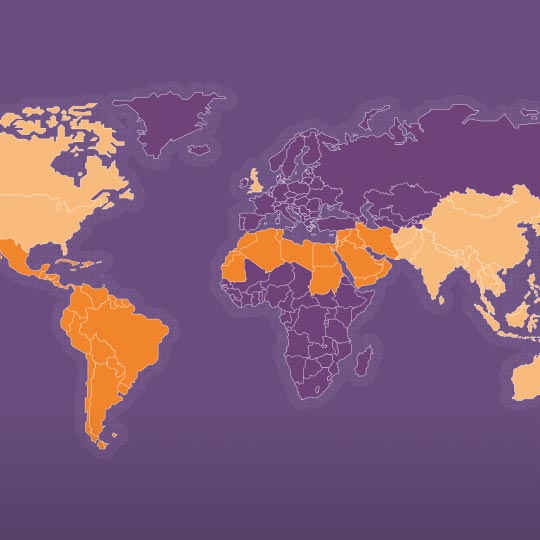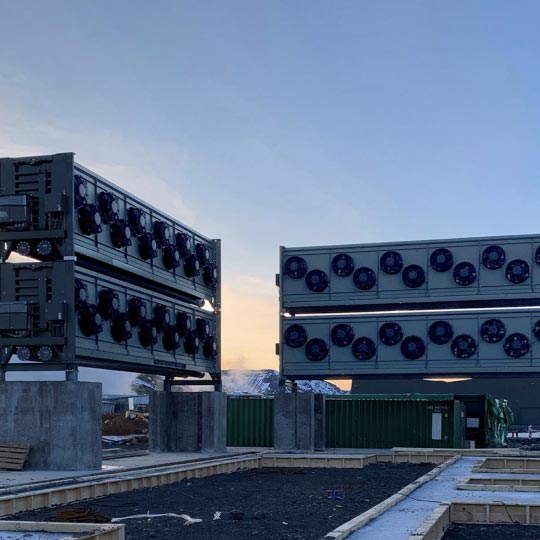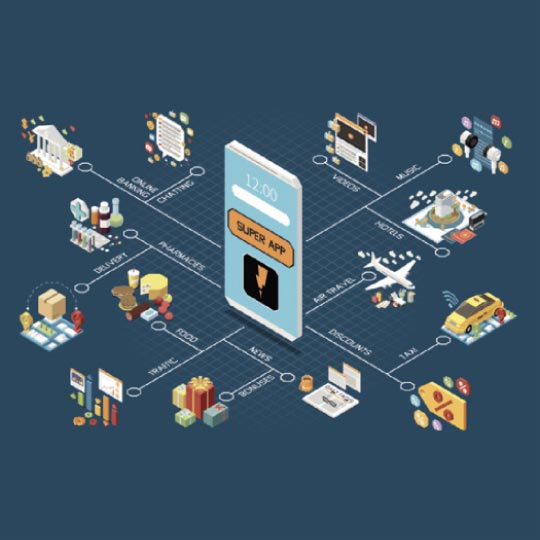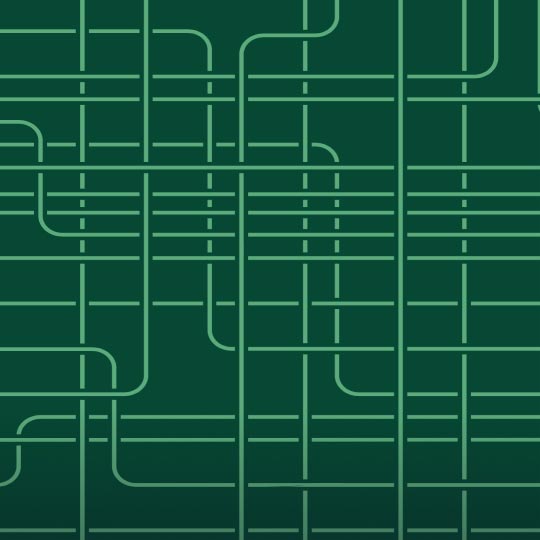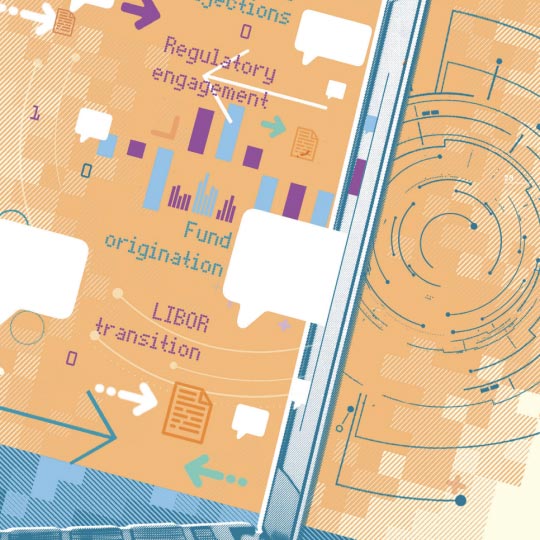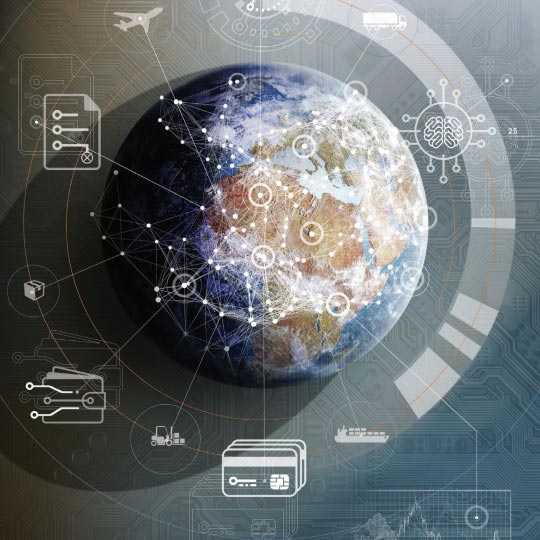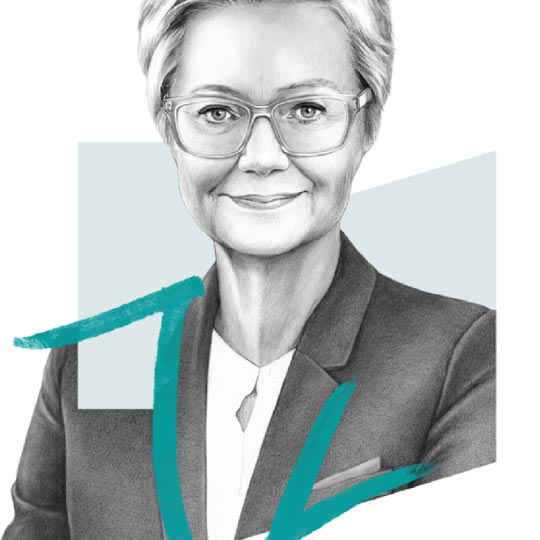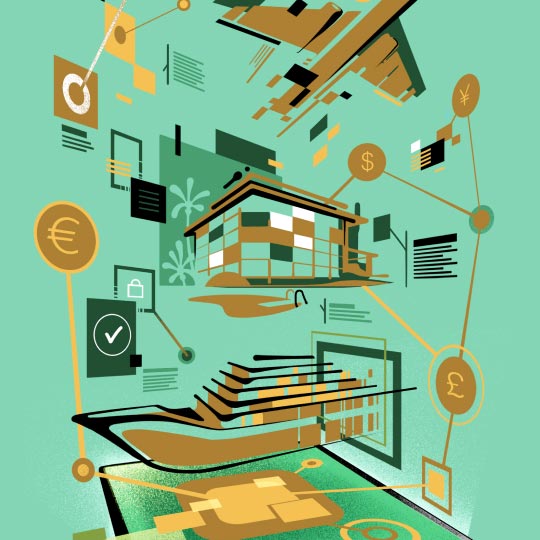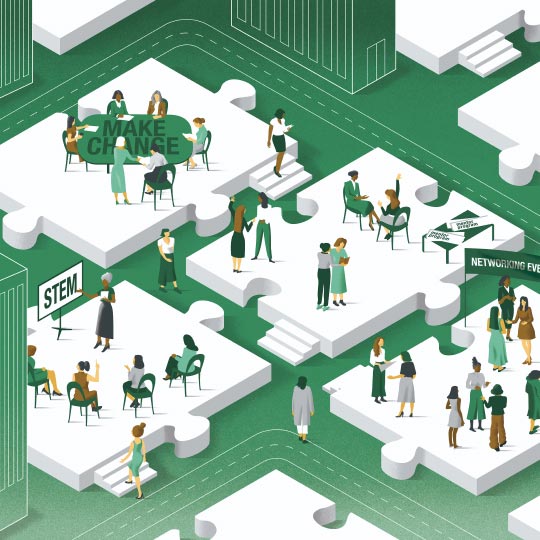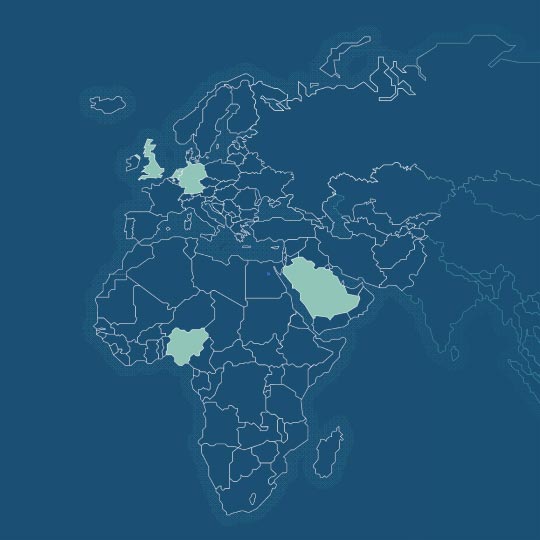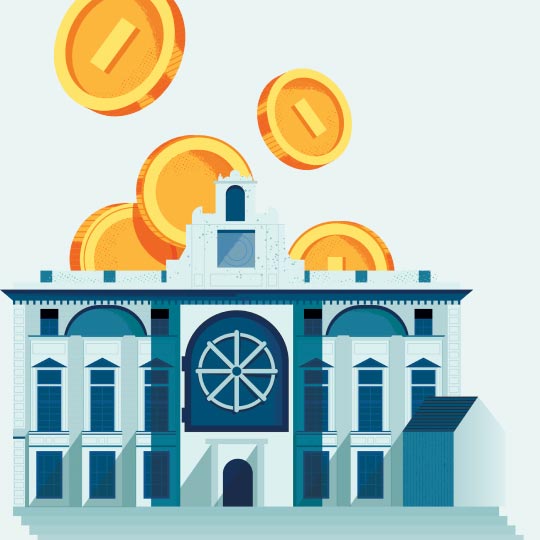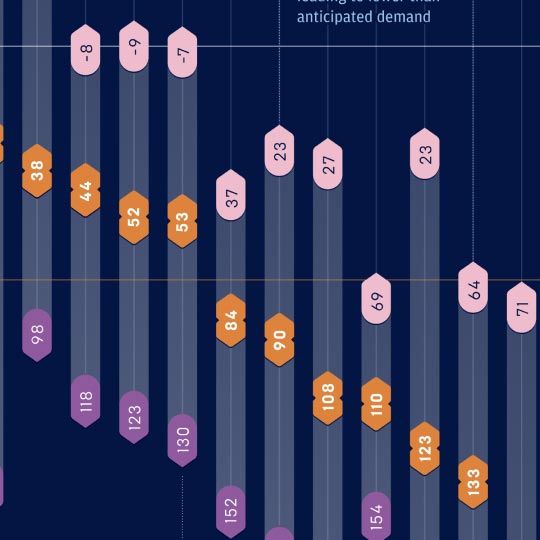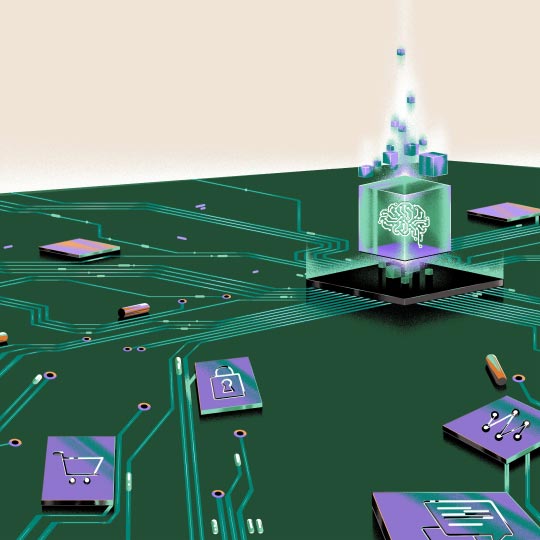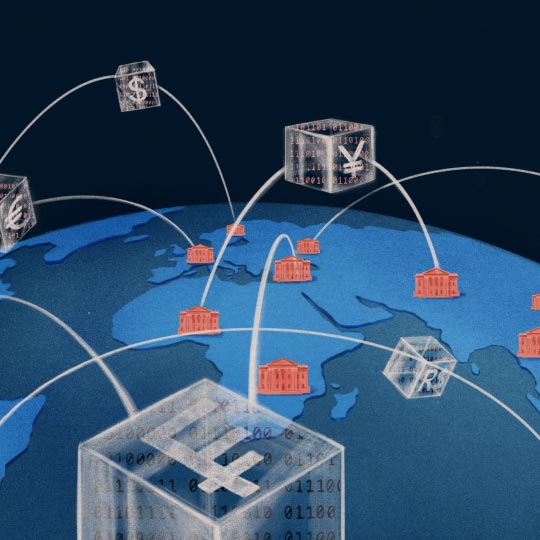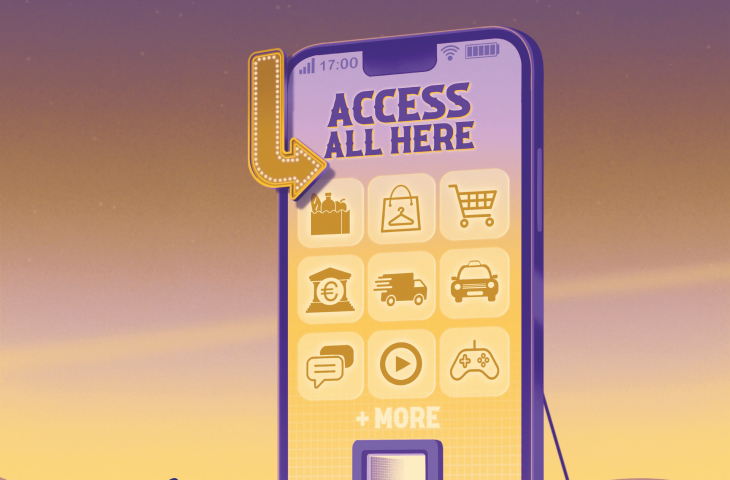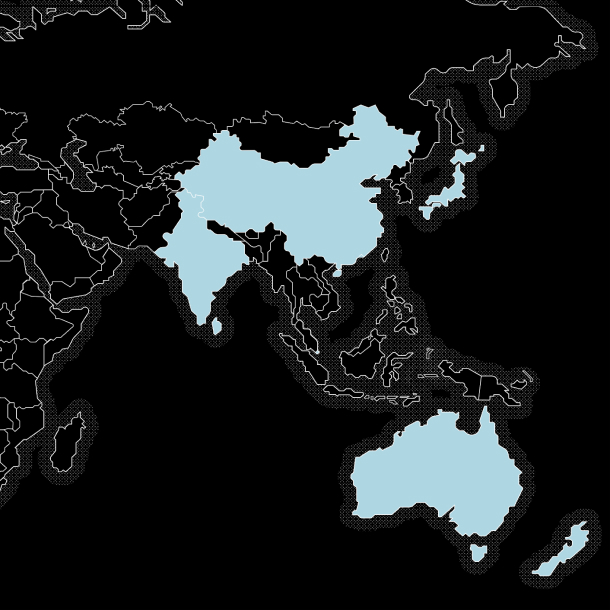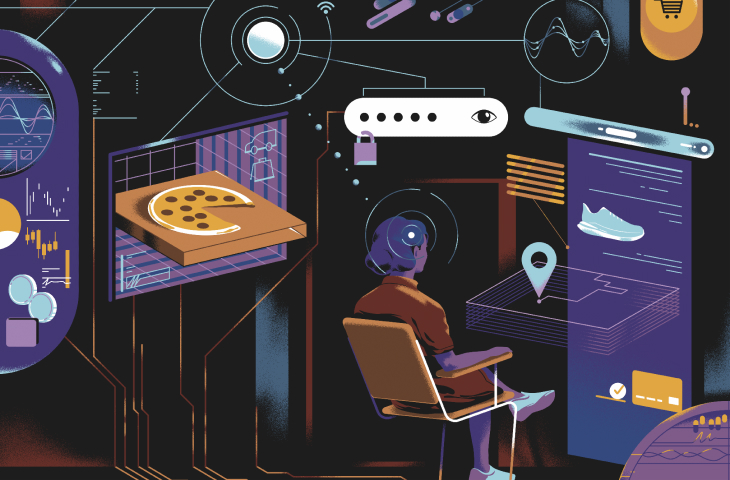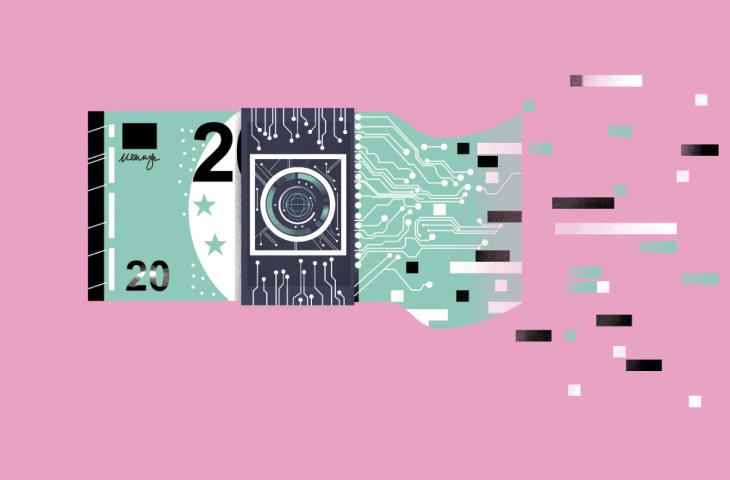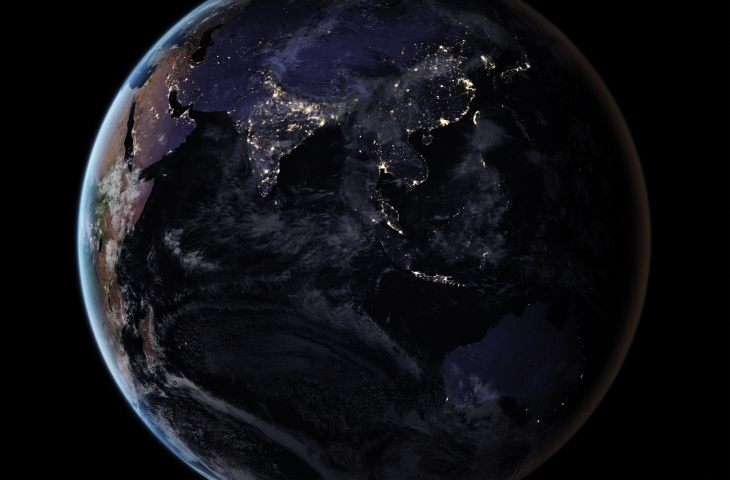From startups to legacy brands, you're making your mark. We're here to help.
-
Innovation Economy
Fueling the success of early-stage startups, venture-backed and high-growth companies.
-
Midsize Businesses
Keep your company growing with custom banking solutions for middle market businesses and specialized industries.
-
Large Corporations
Innovative banking solutions tailored to corporations and specialized industries.
-
Commercial Real Estate
Capitalize on opportunities and prepare for challenges throughout the real estate cycle.
-
Community Impact Banking
When our communities succeed, we all succeed. Local businesses, organizations and community institutions need capital, expertise and connections to thrive.
-
International Banking
Power your business' global growth and operations at every stage.
Key Links
Prepare for future growth with customized loan services, succession planning and capital for business equipment.
-
Asset Based Lending
Enhance your liquidity and gain the flexibility to capitalize on growth opportunities.
-
Equipment Financing
Maximize working capital with flexible equipment and technology financing.
-
Trade & Working Capital
Experience our market-leading supply chain finance solutions that help buyers and suppliers meet their working capital, risk mitigation and cash flow objectives.
-
Syndicated Financing
Leverage customized loan syndication services from a dedicated resource.
-
Commercial Real Estate
Capitalize on opportunities and prepare for challenges throughout the real estate cycle.
-
Employee Stock Ownership Plans
Plan for your business’s future—and your employees’ futures too—with objective advice and financing.
Key Links
Serving the world's largest corporate clients and institutional investors, we support the entire investment cycle with market-leading research, analytics, execution and investor services.
-
Institutional Investors
Putting your long-tenured investment teams on the line to earn the trust of institutional investors.
-
Markets
Direct access to market leading liquidity harnessed through world-class research, tools, data and analytics.
-
Prime Services
Helping hedge funds, asset managers and institutional investors meet the demands of a rapidly evolving market.
-
Global Research
Leveraging cutting-edge technology and innovative tools to bring clients industry-leading analysis and investment advice.
-
Securities Services Solutions
Helping institutional investors, traditional and alternative asset and fund managers, broker dealers and equity issuers meet the demands of changing markets.
Key Links
Providing investment banking solutions, including mergers and acquisitions, capital raising and risk management, for a broad range of corporations, institutions and governments.
-
Center for Carbon Transition
J.P. Morgan’s center of excellence that provides clients the data and firmwide expertise needed to navigate the challenges of transitioning to a low-carbon future.
-
Corporate Finance Advisory
Corporate Finance Advisory (“CFA”) is a global, multi-disciplinary solutions team specializing in structured M&A and capital markets. Learn more.
-
Development Finance Institution
Financing opportunities with anticipated development impact in emerging economies.
-
Sustainable Solutions
Offering ESG-related advisory and coordinating the firm's EMEA coverage of clients in emerging green economy sectors.
-
Mergers and Acquisitions
Bespoke M&A solutions on a global scale.
-
Capital Markets
Holistic coverage across capital markets.
Your partner for commerce, receivables, cross-currency, working capital, blockchain, liquidity and more.
Key Links
A uniquely elevated private banking experience shaped around you.
-
Banking
We have extensive personal and business banking resources that are fine-tuned to your specific needs.
-
Investing
We deliver tailored investing guidance and access to unique investment opportunities from world-class specialists.
-
Lending
We take a strategic approach to lending, working with you to craft the right financing solutions matched to your goals.
-
Planning
No matter where you are in your life, or how complex your needs might be, we’re ready to provide a tailored approach to helping your reach your goals.
Whether you want to invest on your own or work with an advisor to design a personalized investment strategy, we have opportunities for every investor.
-
Invest on your own
Unlimited $0 commission-free online stock, ETF and options trades with access to powerful tools to research, trade and manage your investments.
-
Work with our advisors
When you work with our advisors, you'll get a personalized financial strategy and investment portfolio built around your unique goals-backed by our industry-leading expertise.
-
Expertise for Substantial Wealth
Our Wealth Advisors & Wealth Partners leverage their experience and robust firm resources to deliver highly-personalized, comprehensive solutions across Banking, Lending, Investing, and Wealth Planning.
Explore a variety of insights.
Key Links
Insights by Topic
Explore a variety of insights organized by different topics.
Key Links
Insights by Type
Explore a variety of insights organized by different types of content and media.
Key Links
We aim to be the most respected financial services firm in the world, serving corporations and individuals in more than 100 countries.
Key Links
- Payments
- Payments Unbound
- Payments Unbound - The digital magazine
- Payments Unbound Articles
- Reglobalization & 5 Regional Payment Trends to Watch
Featuring future-thinking clients
Payments Unbound unites clients from a wide range of industries to bring you innovative insights that help you navigate the future of payments.
Tectonic shifts
TRENDS WATCH
Globalization has been under pressure in recent years. The Covid pandemic and geopolitical conflict have led companies to relocate supply chains to countries or build supplier networks closer to home. Some countries have also been imposing export restrictions on vital goods such as food, fertilizer, and raw materials. According to the International Monetary Fund (IMF), the number of trade barriers introduced each year has tripled since 2019.
However, despite the headwinds, the world is not atomizing. New trade patterns, new relationships and new markets are emerging. Payments innovation will play an important role in easing these changes, making businesses more efficient and agile, reducing the cost of transactions, and supporting the frictionless movement of money across borders. Here is a closer look at some of the major payments trends that are happening around the world right now...
Global instability has led to growth in near-shoring, whereby companies move supplier networks close-by. The U.S. for example is looking to Mexico as an alternative and less risky manufacturing location. Mexican near-shoring generated some $30 billion in foreign direct investment in the country in 2022, according to Credit Suisse. Central America, which has strength in the garment industry and increasingly in auto parts, is also seeing growth as a U.S. outsourcing option. Manufactured goods from South America can reach U.S. ports in a matter of days, compared to weeks for cross-Pacific shipping. As U.S. companies adapt their logistic strategies, innovative forms of supply chain finance will emerge—the volatility of various currencies in Latin America means some trade finance loans may need integrated FX-hedging. And, if businesses split their supply chains between countries, it will require cross-border payments, often in currencies they haven’t dealt with before.
Digital payments in the U.S. are expected to hit a total value of $3 trillion in 2024, more than double that of 2020, according to Statista. This rapid growth is partly being driven by retailers offering more integrated omnichannel experiences: Payments solutions that work across all touchpoints, from point-of-sales terminals to smartphones, online stores and marketplaces. New technologies which reduce friction at checkout and improve security are helping spur the omnichannel trend. Biometric authentication, such as palm scanners or facial recognition, is gaining traction; Amazon-owned Whole Foods recently announced its adoption of palm recognition tech nationwide1. Similarly, restaurant chain CaliExpress is implementing pay-by-face technology powered by PopID2. The FedNow real-time-payments (RTP) infrastructure, launched in 2023, will accelerate this shift. The scheme allows consumers and businesses to make instant payments from their bank accounts, at any time, and will greatly reduce usage of cash and checks.
The European Union’s second Payment Services Directive (PSD2) was introduced to help grow innovations such as open banking, which required banks to develop standard ways to share transaction data with fintechs and other third parties. Under open banking, payment initiation service providers (PISP) are permitted to transfer money straight from a consumer’s account to a merchant’s—the basis for account-to-account (A2A) payments. A2A is promising because it cuts out intermediaries, making payments faster and cost effective. The UK in particular is looking at ways to promote A2A. Despite leaving the EU, the UK is a pioneer in open banking; today, more than one in seven British consumers use such services3. As the EU continues to make progress with open banking and real time payments, the European region could become a hub for A2A payments technology, bolstered by the expansion of the EU’s SEPA Instant scheme, which allows payments to be settled within ten seconds.
Major companies in the Middle East and North Africa (MENA) are looking to create in-house banks to simplify their accounts payable processes and reduce costs. The complexity of their current set-ups is partly a product of strong growth and international expansion. For firms operating across the many countries of MENA, it can be common to have hundreds of accounts spread across different banks. This results in complex payments processes, with varying reporting formats for different banks, while holding numerous accounts can result in high fees. In-house banking has the treasury operating a single account and centralizes key functions like account management, multi-currency payments, and cash consolidation. The number of physical bank accounts is then reduced by replacing them with virtual equivalents, which reduces expenditure. Plus, the centralized structure of an in-house bank can provide real-time visibility over cash balances.
Companies in Asia-Pacific (APAC) will triple spending on generative artificial intelligence (GenAI) to $3.4 billion in 2024, according to Infosys. GenAI is a category of machine learning that can analyze huge volumes of data based on plain language prompts and output text or visuals. Research suggests that East and Southeast Asia leaders in digital finance4, and treasury teams, will be fast adopters of this technology. With GenAI tools, treasurers will be able to upgrade the speed and quality of their data management. A simple prompt such as, “Do we have enough liquidity for the week?” could not only produce a rapid answer, but also relevant graphs and context. This would allow non- programmers to interact with complex data sets. Beyond ad hoc analytics, GenAI could also be used to routinely parse huge volumes of data to identify errors and anomalies, helping with account validation and fraud management, which are both long-standing treasury challenges.
MAGAZINE
Volume 5: Game Changer Volume 4: Ready Payer One Volume 3: Bank to the Future Volume 2: The New World of Commerce Volume 1: The Money Revolution Browse all articlesWEBINARS
View all webinarsYou're now leaving J.P. Morgan
J.P. Morgan’s website and/or mobile terms, privacy and security policies don’t apply to the site or app you're about to visit. Please review its terms, privacy and security policies to see how they apply to you. J.P. Morgan isn’t responsible for (and doesn’t provide) any products, services or content at this third-party site or app, except for products and services that explicitly carry the J.P. Morgan name.




